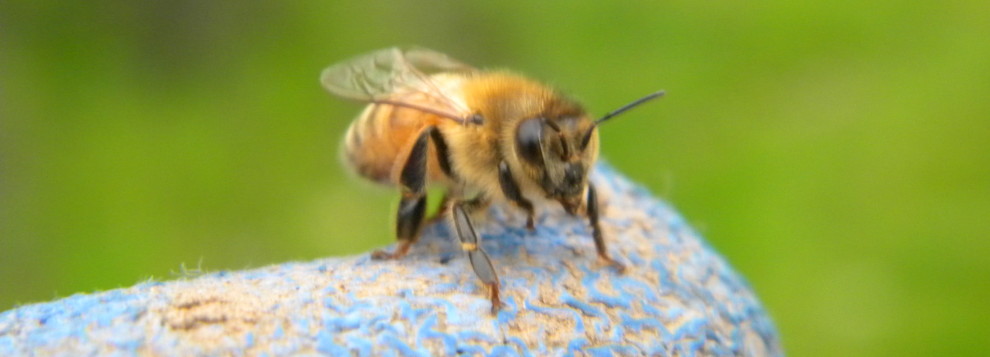Some of the early questions did not have the year changed. They use 2014 / 2015. I treated them as if they said 2015/2016. The question about monitoring mite counts did not allow me the option of saying I frequently monitor my white boards. It is the only thing I did this year because all four of my colonies were new. I do not intend to treat. I am following Michael Bush’s methods. The distance between the hives in a single apiary would be interesting. Mine are spread out. Special things one does would also be interesting. I add fresh mint and thyme to the fondant and a pinch of salt; sometimes brewer’s yeast. I also grow a patch of thyme in front of each hive. I have also turned my land into forage. Borage and Cleome (Spider Wort) was very popular. Only bumblebees like phacelia. Borage bloomed until late November and started up with a huge self-seeded crop in February. It’s like the Garden of Eden out there. I talk to my bees! (tsk… tsk..)
RESPONSE: Data should be 2015-2016 period. We did miss some date changes in our update. We asked what months you monitored using sticky boards – as you have done; use Comments at end for any additional items you think you need to clarify. Treatment decisions are your personal decisions – some beekeepers prefer to not treat. The reason for monitoring (using the white boards) is to confirm mite numbers. New colonies can die from heavy mite numbers as well as established colonies. It is excellent, when conditions permit, to space between colonies and to give all colonies a distinctive “look” to reduce drifting of adult bees (and spread of mites). Beekeepers will add various additional materials to their feeding of bees – for virtually all of them we do not know how effective they may be, nor if they might be harmful. A bit of fresh mint or thyme or pinch of salt should not be harmful. Honey bees, along with bumble bees, like the phacelia – borage (which blooms a long time is good bee forage and we know they need more forage.
